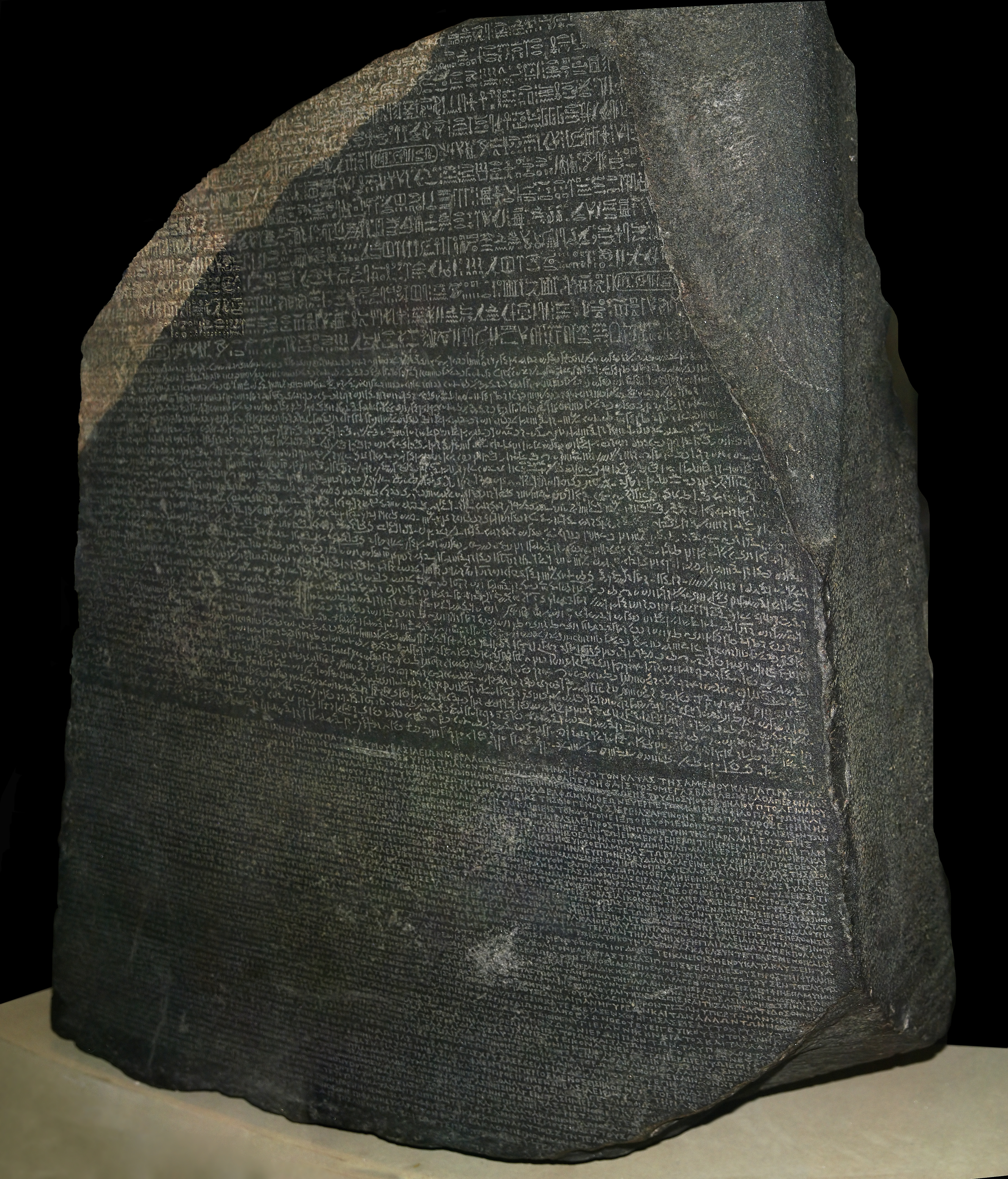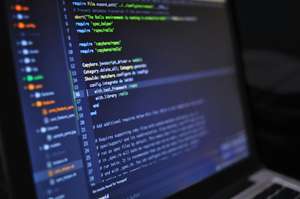
Decoding the Past: How AI is Revolutionizing the Study of Ancient Languages
Throughout history, the mysteries of ancient civilizations have been locked in the languages they left behind. Many of these languages are no longer spoken, and their scripts are often incomplete or undeciphered. Traditional methods of linguistic analysis, while valuable, are time-consuming and require specialized knowledge. Enter artificial intelligence (AI)—a powerful tool that's transforming the study of ancient languages.
The Challenge of Deciphering Ancient Scripts
Deciphering ancient scripts is a complex task that involves understanding not just the symbols themselves, but also the cultural and historical contexts in which they were used. Many ancient languages, such as Linear A, the Indus Valley script, and Etruscan, remain undeciphered. These scripts often lack a modern equivalent or known translations, making it challenging for linguists to crack their codes.
Traditional methods involve painstaking comparisons with known languages, analysis of recurring patterns, and attempts to correlate symbols with specific sounds or meanings. While these methods have led to significant breakthroughs—like the decipherment of Egyptian hieroglyphs using the Rosetta Stone—they are often slow and require extensive manual work.
AI: A New Approach to Ancient Languages
Artificial intelligence, particularly machine learning (ML) and natural language processing (NLP), offers a novel approach to this age-old challenge. Here's how AI is making a difference:
Pattern Recognition and Symbol Matching
AI algorithms excel at recognizing patterns, even in large and complex datasets. For ancient scripts, AI can be trained to identify recurring symbols and sequences, which can then be analyzed for potential meanings. By comparing these patterns with known languages or scripts, AI can help identify possible linguistic connections.
Data Mining and Historical Context
AI can process vast amounts of data quickly, including archaeological findings, historical records, and cultural artifacts. By integrating this information, AI can provide a broader context for interpreting ancient texts. For instance, understanding trade routes, political alliances, or religious practices of a civilization can offer clues about the meaning of certain symbols or texts.
Machine Translation Models
NLP models, like those used for modern language translation, can be adapted to ancient languages. While these models typically require large amounts of training data, even limited datasets can be used to create initial models. Researchers can then iteratively refine these models by incorporating new findings and corrections.
Simulation and Reconstruction
In cases where languages are partially deciphered, AI can simulate possible translations or reconstructions. For example, if certain symbols are known to represent specific sounds or meanings, AI can generate plausible translations for entire texts, which can then be verified by experts.
Case Studies: AI in Action
Several projects have already demonstrated the potential of AI in decoding ancient languages:
- Cuneiform Scripts:
Researchers have used machine learning to identify and classify cuneiform symbols, an ancient writing system used in the Middle East. By analyzing large corpora of cuneiform texts, AI has helped classify symbols and suggest possible readings.
- Mayan Hieroglyphs:
AI has been employed to analyze Mayan hieroglyphs, which are composed of complex symbols representing both sounds and meanings. By training models on existing translations, AI can assist in identifying previously undeciphered glyphs.
- Linear B:
The decipherment of Linear B, an ancient Greek script, was a major achievement in linguistics. AI tools have been used to revisit and refine our understanding of this script, offering new insights into its use and meaning.
The Future of AI and Ancient Languages
The integration of AI into the study of ancient languages is still in its early stages, but the potential is enormous. As AI technologies continue to advance, they will become even more adept at handling the nuances and complexities of ancient scripts. This not only includes deciphering languages but also understanding their evolution and connections to modern languages.
Moreover, AI can democratize the study of ancient languages by making tools and resources more accessible to a wider range of researchers and enthusiasts. Open-source AI models and datasets can foster collaboration across disciplines and borders, accelerating the pace of discoveries.
Conclusion
The use of AI in decoding ancient languages represents a promising intersection of technology and the humanities. By harnessing the power of machine learning and natural language processing, researchers can unlock the secrets of ancient civilizations with unprecedented speed and accuracy. As we continue to refine these tools, we may find ourselves on the brink of a new era in historical and linguistic research, where the voices of the past can once again be heard and understood.





